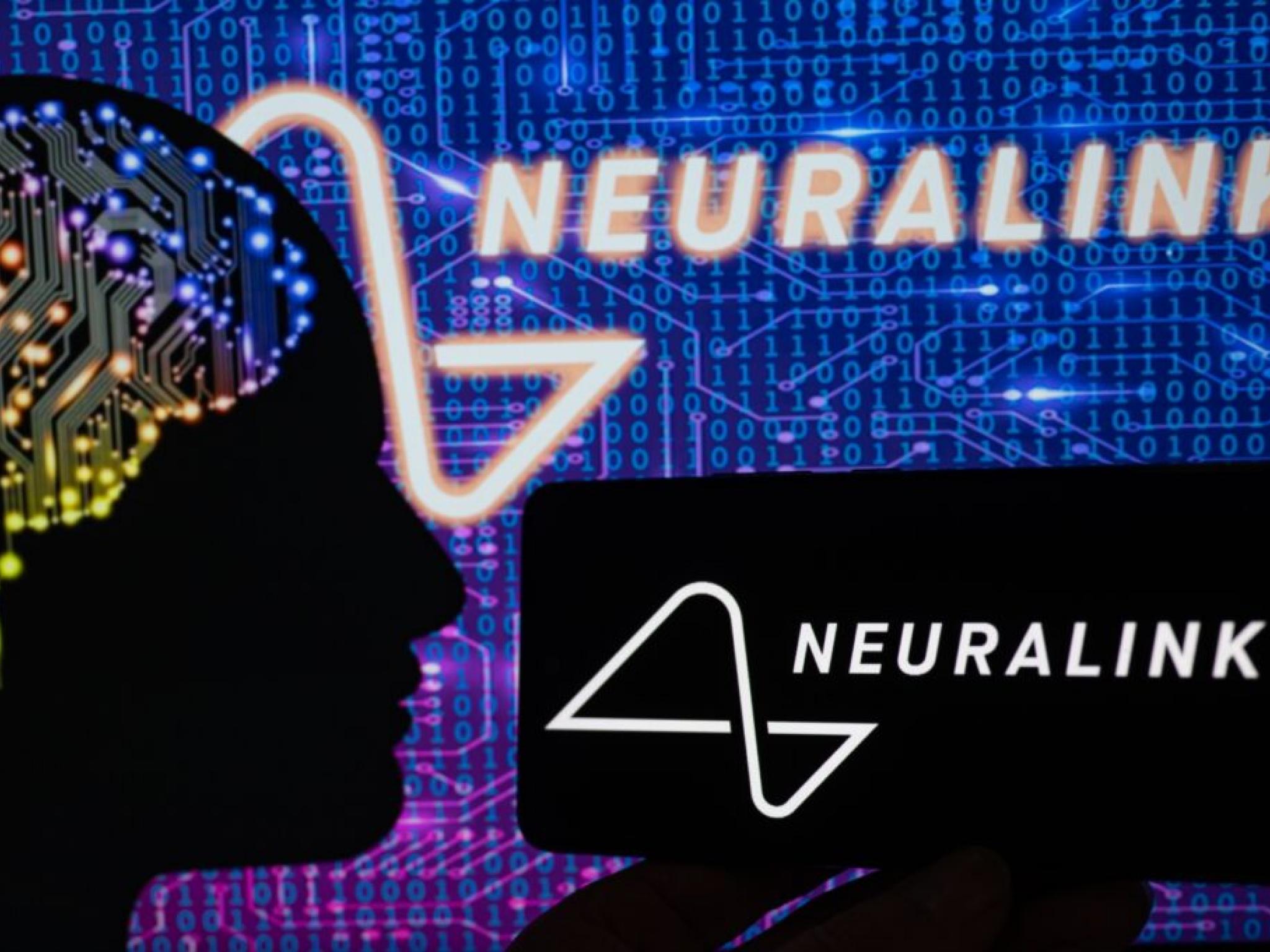
Neuralink’s first patient, Noland Arbaugh, has shared his extraordinary journey from paralysis to becoming a “celebrity cyborg.” Arbaugh, who was paralyzed in a freak diving accident, has become the most public recipient of the brain implant built by Elon Musk’s Neuralink Corp.
What Happened: Arbaugh, a former student at Texas A&M University, was paralyzed from the neck down after a diving accident. The accident drastically altered his life, but in January, he became the first person to receive a brain implant as part of a Neuralink clinical trial.
The implant, while not restoring his ability to move, has allowed Arbaugh to control his laptop using only his thoughts, offering a potential solution to some of his physical limitations.
Arbaugh has been using the implant to browse the web and communicate with friends, replacing his previous method of using an iPad with a stick held in his mouth, reported Bloomberg.
“Once you get a taste for using it, you just can’t stop. It blows my mind so much.”
Subscribe to the Benzinga Tech Trends newsletter to get all the latest tech developments delivered to your inbox.
Arbaugh, who now resides in Arizona with his family, has been able to resume activities such as playing games, shopping, and choosing audiobooks, all while lying in bed, a much more comfortable and less spasm-inducing position than using his wheelchair and mouth stick.
“I bet the next person that gets this is going to feel exactly the same way as I do,” he said.
See Also: OpenAI Just Dropped GPT-4o And These 10 Examples Show It Could Completely Change AI Chatbot Game
Why It Matters: Arbaugh’s journey has been a significant milestone for Neuralink. The company, founded by Musk, has been working on developing brain-computer interface implants that could potentially revolutionize the lives of paralyzed individuals. Arbaugh’s public sharing of his experience has provided a unique insight into the potential of this technology.
Arbaugh’s experience with the implant has not been without challenges. He initially experienced a loss of control over the cursor on his screen and a lag between his thoughts and the computing actions due to the electrode-laced threads in his brain shifting more than expected.
Neuralink’s journey has not been without controversy. The company came under scrutiny for its FDA oversight and regulatory compliance, and it has also acknowledged a malfunction in the system.
Arbaugh’s story, from paralysis to using a brain implant to control his computer with his thoughts, shows the potential of Neuralink’s technology and the impact it could have on the lives of individuals with debilitating conditions.
According to an Ark Investment Management analyst, Neuralink’s brain implant could generate over $220M in revenue from ALS patients by 2030.
Check out more of Benzinga’s Consumer Tech coverage by following this link.
Disclaimer: This content was partially produced with the help of Benzinga Neuro and was reviewed and published by Benzinga editors.
Photo courtesy: Shutterstock




